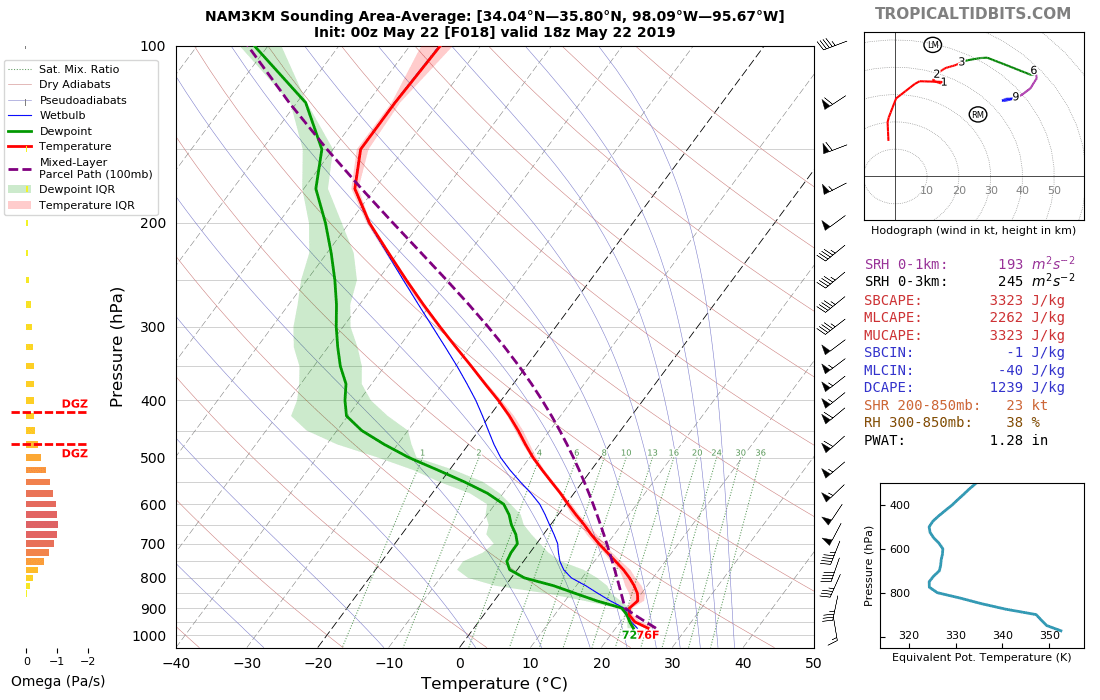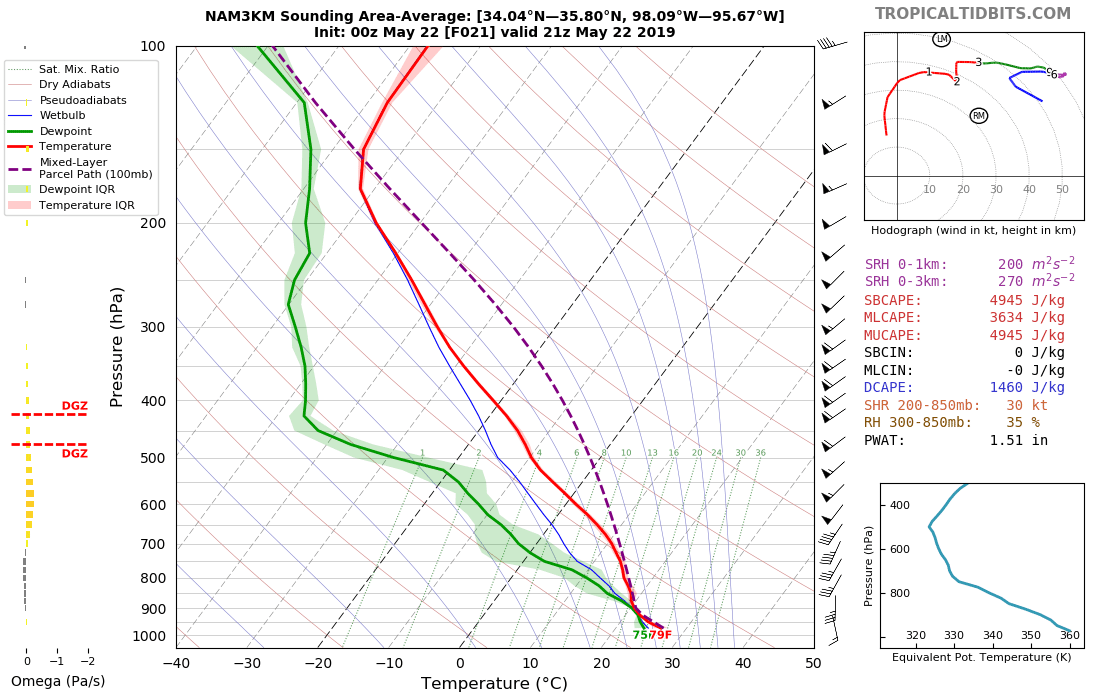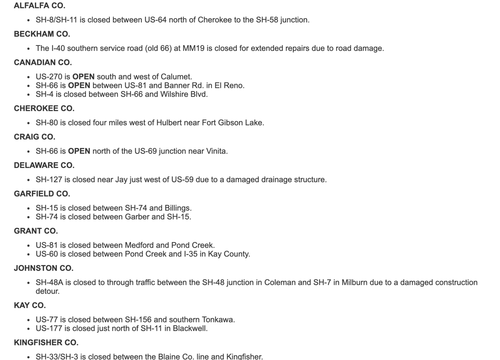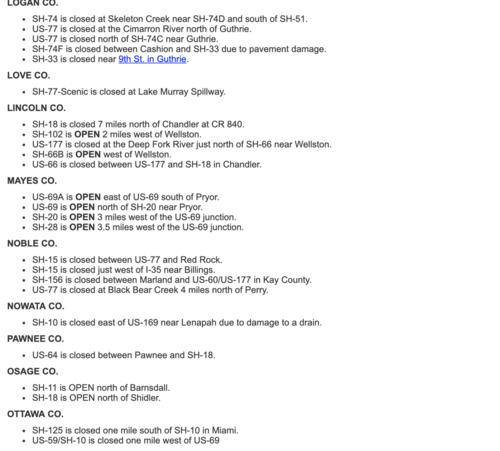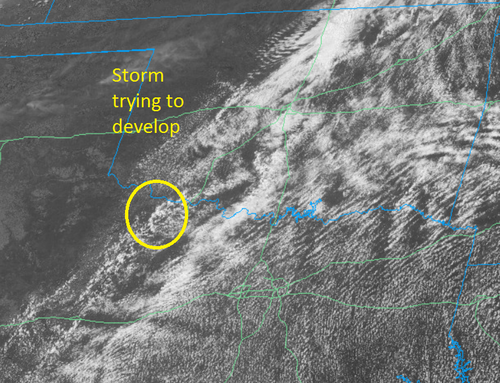Brian McKibben
EF3
I don't think this was on anyone radar. But it looks like we might get some good warm sector recovery on Wed. Previous 3-km NAM showed the WS staying capped all day. Now today, we have several CAMs showing a nice theta-e axis developing by mid-day along the I-35 corridor and convection developing in the aftn. Looks like there is a shortwave coming through in the aftn according to the RAP. Tds will rapidly advected north with values in the low 70s likely.
The tradional dryline looks diffuse and out along OK/TX border. But there is a sharp gradient along the Theta-e axis. At the very least this mornings 12z runs will catch peoples attention.

UPDATE (5 minutes after posting):
Just looked at the 06z TTech WRF and it is very aggressive with tomorrow. Even more so than the HRRR. It has multiple rounds of initiation.
The tradional dryline looks diffuse and out along OK/TX border. But there is a sharp gradient along the Theta-e axis. At the very least this mornings 12z runs will catch peoples attention.

UPDATE (5 minutes after posting):
Just looked at the 06z TTech WRF and it is very aggressive with tomorrow. Even more so than the HRRR. It has multiple rounds of initiation.

